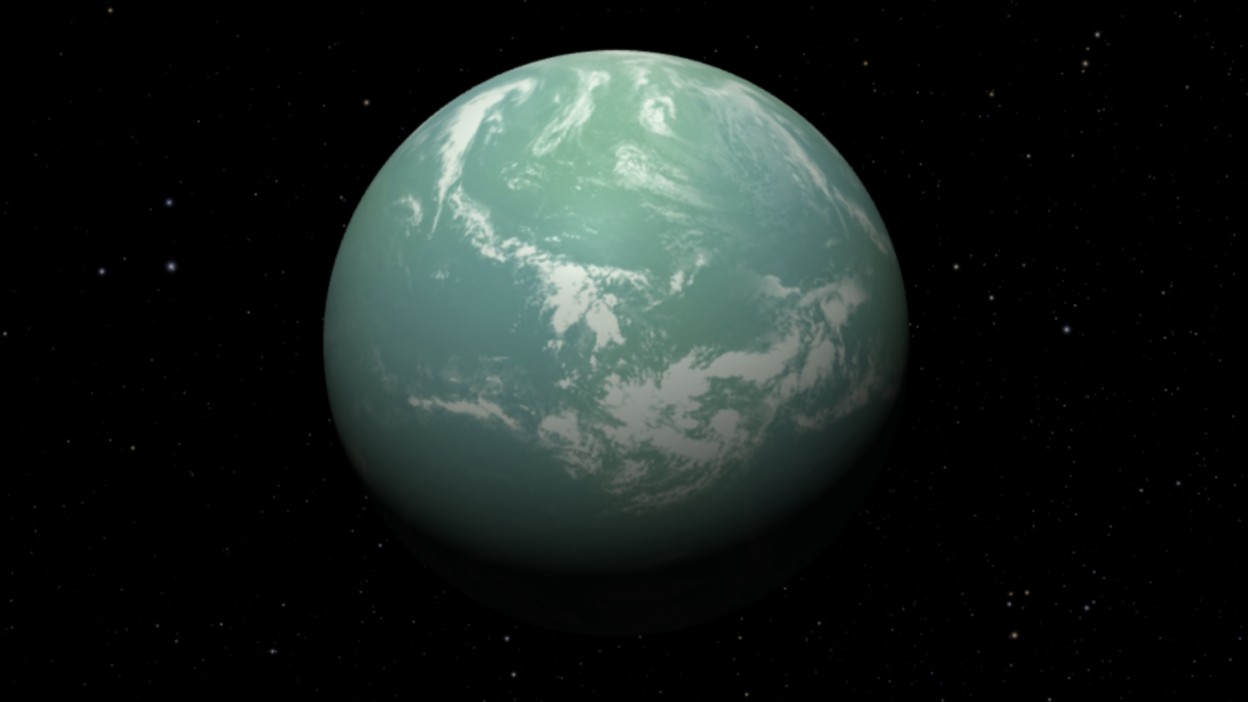Scientists have tried to search for super-Earths near low-metallicity stars and have found none. This could mean that this type of planet didn’t form for quite a long time in the early Universe. Such a conclusion could have big implications for our understanding of the prevalence of life in the Universe.

Metallicity of the star
A team of scientists from Ohio University recently published a paper studying the relationship between a metallic star and the probability of encountering a super-Earth in its orbit. It has the curious conclusion that planets of this type at very low heavy element content simply don’t form.
Metals in astronomy are absolutely all chemical elements heavier than helium. Their content on a particular star is estimated by comparing its spectrum to the solar spectrum. Accordingly, metallicity is a negative or positive number that indicates how much less or whiter iron is in the composition of the luminosity compared to ours.
Scientists have known for a long time that stars with low metallicity mostly have such types of planets as sub-Neptunes and sub-Saturns. However, how little super-Earths there really are near them, no one has really known until now. Until now, there has been a dominant opinion that a certain number of planets similar to our own should still form even when there are very few heavy elements in the protoplanetary disk from which they are formed.
No super-Earths found
However, there is a very different assumption. According to it, the formation of super-Earths didn’t occur until the metallicity reached a range between -2.5 and -0.5. This theory was decided to be tested in a new study.
There, scientists took the lowest metallic stars from the Transiting Exoplanet Survey Satellite (TESS) and extrapolated its results to 85,000 luminaries with the lowest heavy elements in their composition. Current theories suggested that 68 super-Earths could be found among them.
However, the researchers found none. In other words, it is not a case of the curve having a steeper descent than expected. There’s a real cliff, that is, below a certain metallicity super-Earths don’t form at all.
And this is very important because of the fact that metallicity is directly related to the time of star formation. The first generations of stars contained almost no elements heavier than helium at all. This means that the threshold metallicity at which super-Earths could form was not reached during the first 7 billion years of the Universe’s existence.
Such conclusions have important implications for the search for life in the Universe. They suggest that the number of possible places to look for it may be much smaller than previously thought. However, the authors recognize that more research is needed to clarify the results they obtained.
According to phys.org


